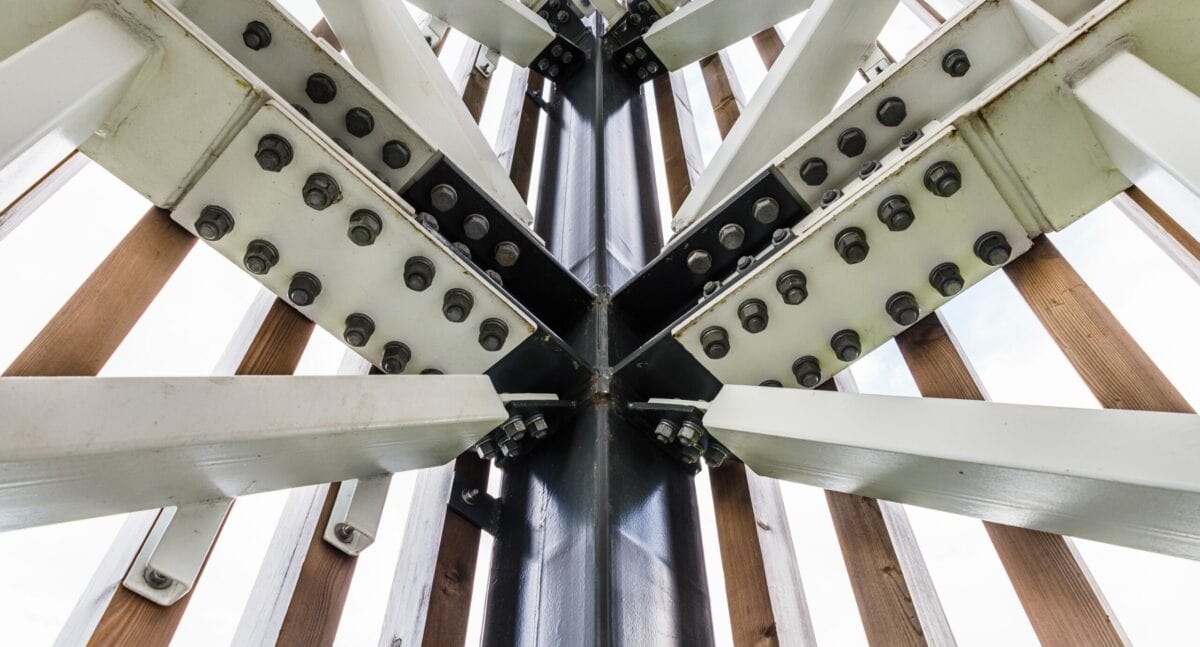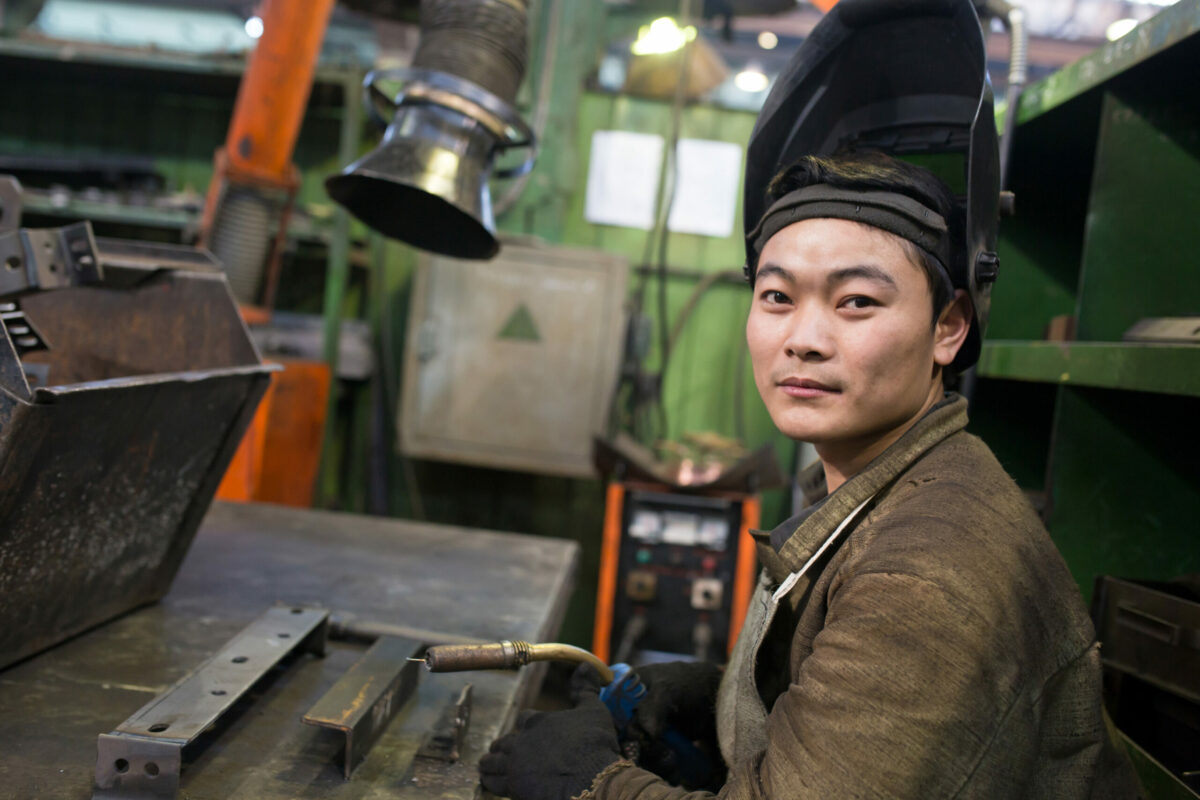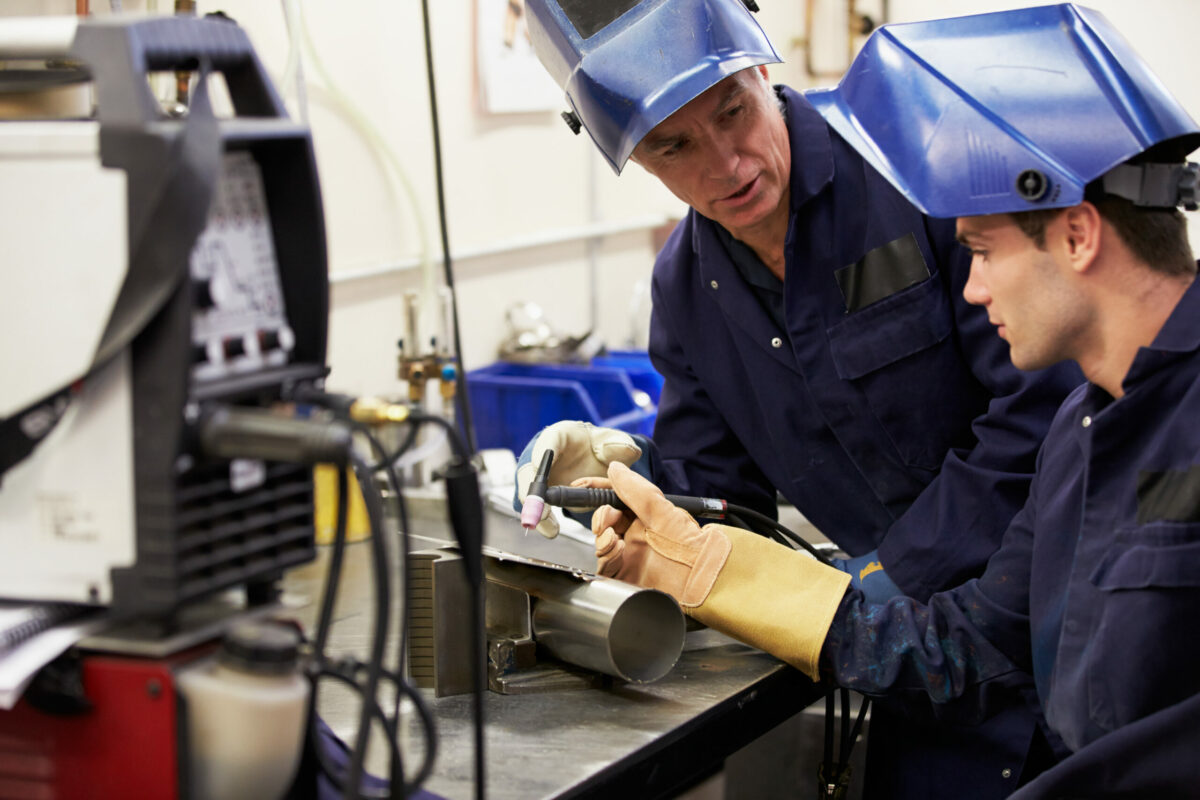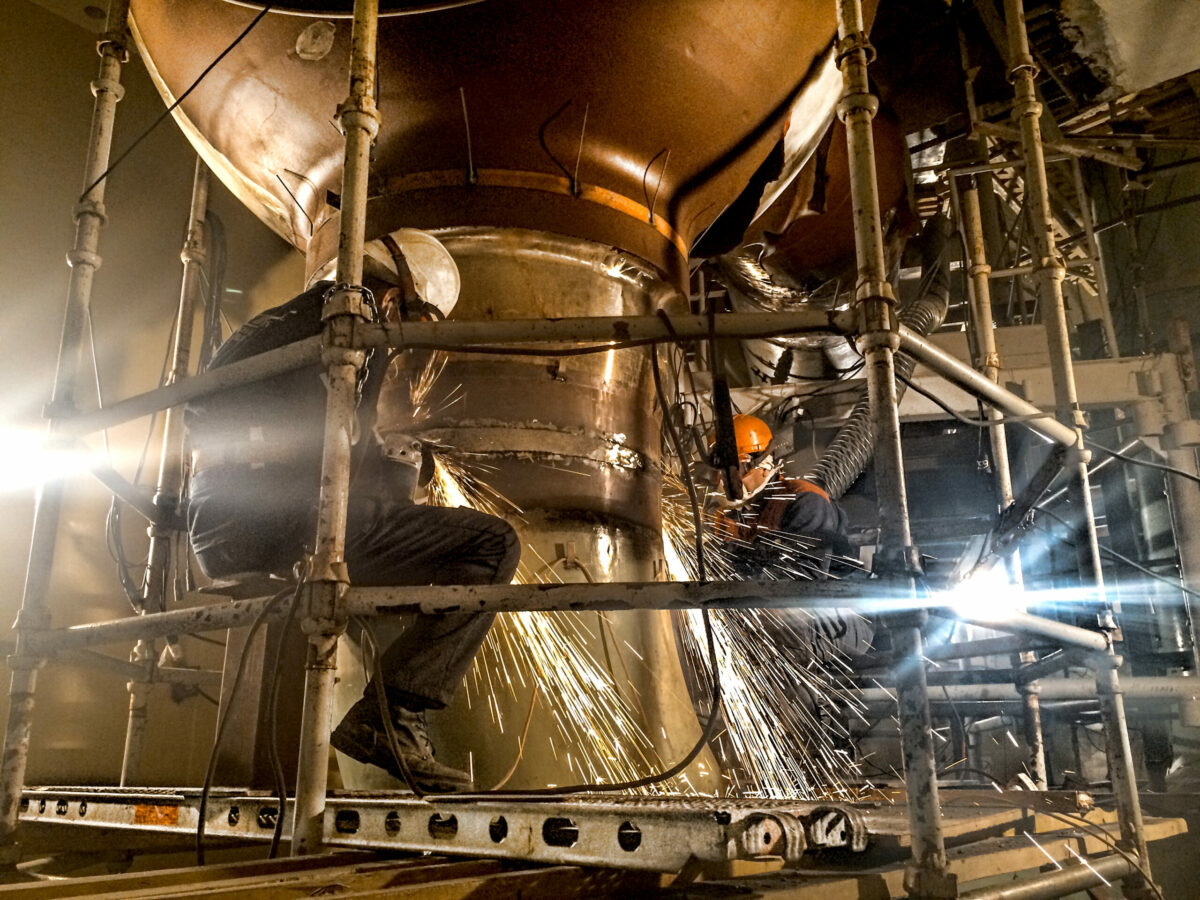Why Welding
Welding Joins Everything Together

Becoming a welder can begin at any stage of life. Some people grow up around welding equipment, while others take interest years into their careers. Maybe your current job could benefit from welder training, or you’re an artist eager to create metal works of art. No matter your interest or skill level, welding can be for anyone.
The skilled trades have been experiencing a worker shortage for decades, and now more than ever, it’s important to train people to fill these much-needed roles.
Imminent Labour Shortage In The Next 5 Years
Welding and joining, and all related professions and trades, are vital to our Canadian economy, and offer excellent future career prospects for thousands of Canadians. However, North America is experiencing an unprecedented skilled trades labour shortage that we tackle head-on every day.
| Total # of Welders | Average Age of Welders | % of Welders Who Are Women | # of Welders Approaching Retirement | Welder Shortage In 5 Years | |
|---|---|---|---|---|---|
| Canada | 81,000+ | 39 | 4% | 15,000 | 25,000+ |
| US | 750,000+ | 55 | 5% | 160,000 | 300,000+ |
Reference: CWB GROUP WELDING INDUSTRY REPORT 2022
The Benefits Of Welding Qualifications
- High earning potential
- Global opportunities
- Earn while you learn through an apprenticeship
- Always in high demand
- Flexible career path
- Opportunities for advancement
- Transferrable skills within the skilled trades
- Start your own business
- Diverse environments and industries to work in
- Hands-on problem-solving
- Rewarding and stimulating work


Becoming A Welding Apprentice
Training typically starts at a post-secondary institution or sooner if you attend a high school fortunate enough to have skilled trade programs. Most colleges offer multi-year programs where welding processes, metallurgy and other relevant courses are explored to prepare you for the next phase of your welding career; an apprenticeship.
An apprenticeship program combines hands-on training provided by the employer and technical training from the institution to build your expertise quickly. During this period, the apprentice earns income while they learn on the job, which is an attractive alternative to expensive tuition costs.
Apprenticeship pathways vary from province to province and could include direct entry to employment, post-secondary apprenticeships and welding engineering. We encourage welding students to check with local apprenticeship authorities to ensure that an employer properly follows provincial regulations.
To learn more about apprenticeship pathways in your province, visit the Welder Certifications and Training Requirements website.
Critical to Industries Across The Globe

Construction
Commercial and residential construction includes infrastructure, bridges, buildings, traffic systems and renovations.

Automotive
Auto body repairs. Component fabrication. Car manufacturing in car plants.

Aerospace
Repair, replace and overhaul key components such as the engine and airframe. Prototype fabrication.

Green Technology
Creating a better future by building wind and water turbines, biodiesel power plants, and recycling and waste management facilities.

Marine and Shipbuilding
Build, repair and maintain everything from cruise liners, cargo ships, tankers, and aircraft carriers.

Oil and Gas and Pipelines
Pipeline construction and maintenance. Repair and maintain drilling and rig platforms both on land and offshore. Design, fabricate and reshape sections and structures.

Health Care
Replacement heart valves and pacemakers. Surgical instruments and implantable devices.

Nuclear
Weld together high voltage equipment and pipe systems in nuclear power plants. Complete crucial repairs in radioactive environments.

Arts & Entertainment
Constructions of hotels, casinos, theatres, sports complexes and theme park rides.
